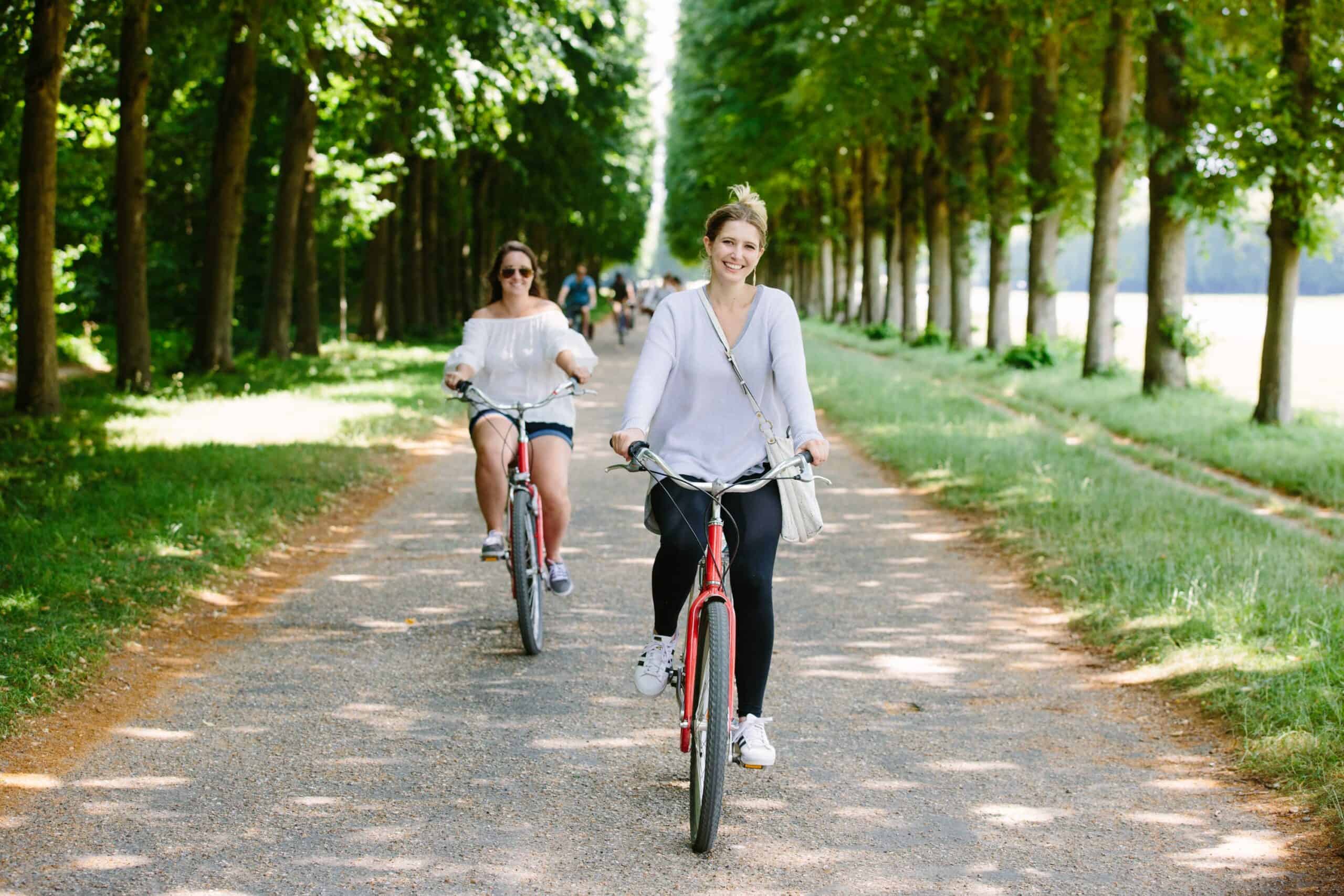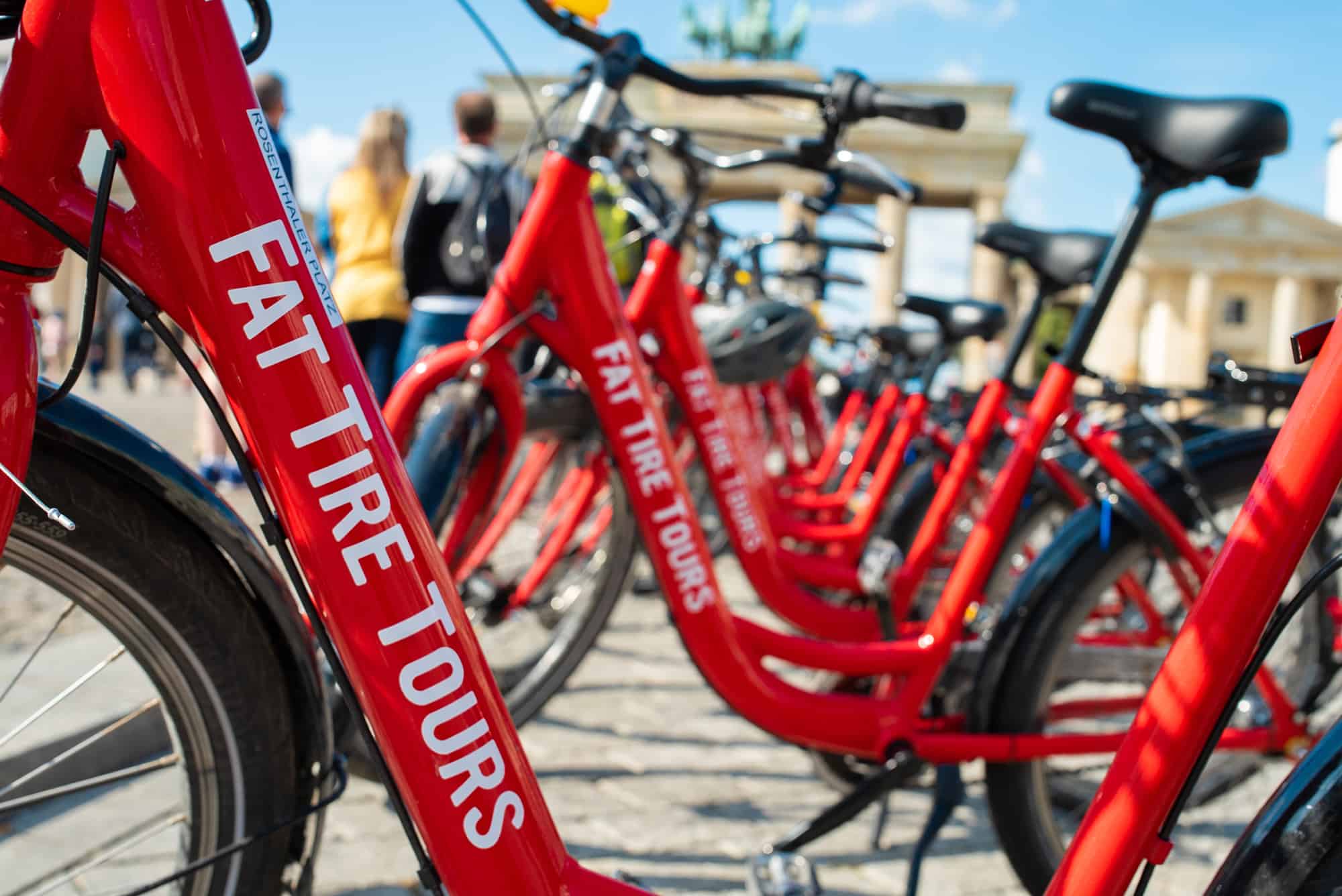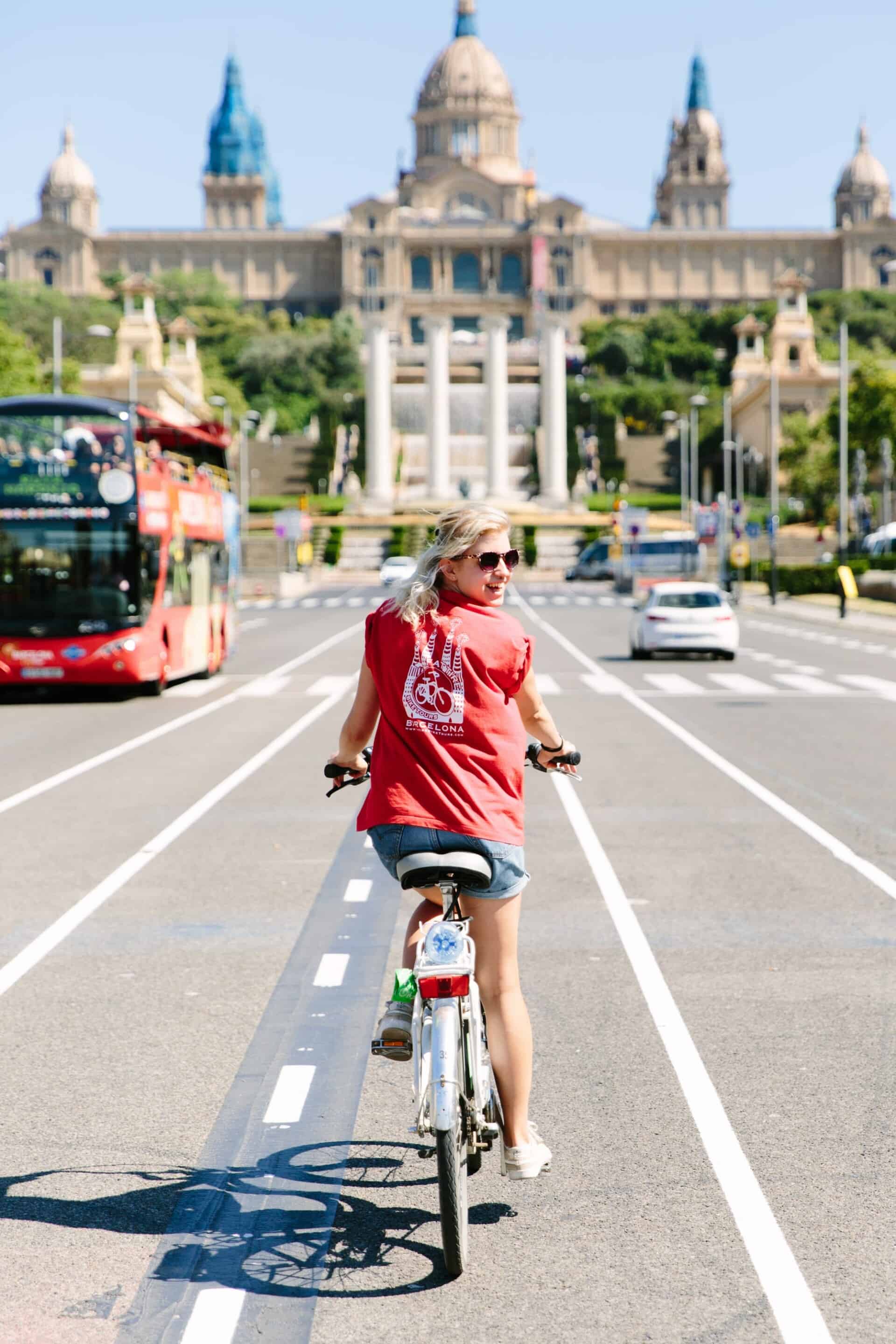
By Kate Sheppard
Heading to the office using busy public transport can be daunting. That means it could be the perfect opportunity for you to consider cycling your commute. Whether it’s your first time cycling to work, or you’ve been biking for a while, it’s important to brush up on your cycle safety knowledge.
With an increase in cyclists on roads and bike lanes, ensuring your bike, your attire and your cycling technique adhere to best practices and codes of conduct will make for a safe commute.
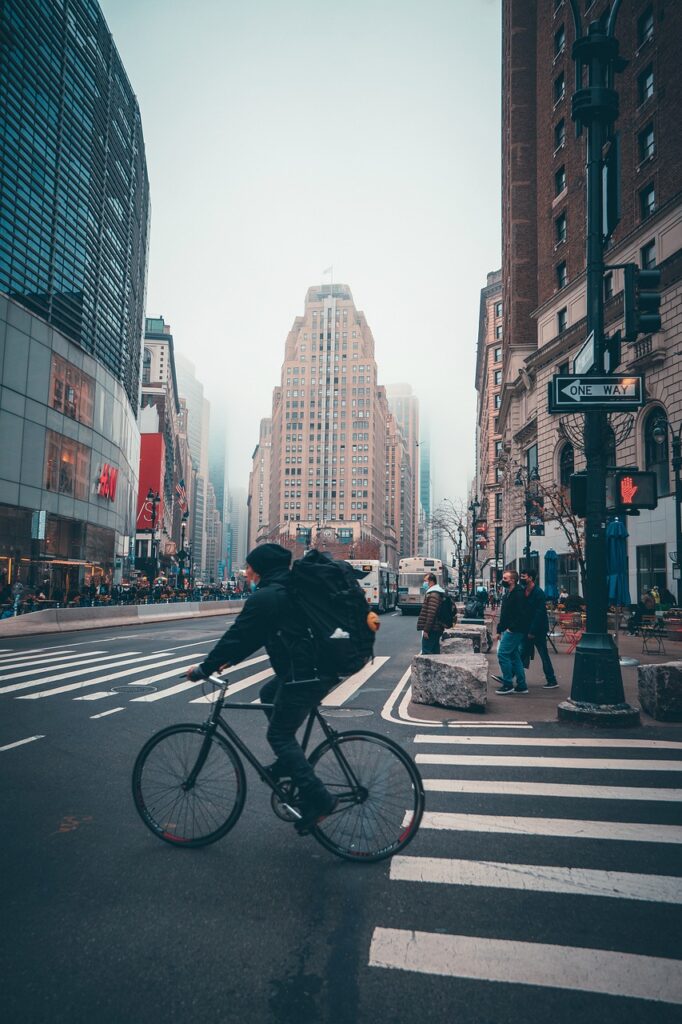
From correctly wearing a helmet to picking the best bike for your commute, in this article, we will highlight how to plan your route, check (and fix) your bike, and choose the best protective gear so you can cycle to work as safely as possible.
Picking the best bike for your needs
Depending on the distance of your commute, the type of terrain you’ll be using and the storage facilities at your home and place of work, there are many different bikes on the market that can suit your needs.
If the majority of your cycling will take place on main roads and zipping through cities like London, Barcelona or Paris, consider a fixed gear or single-speed bike.
Do you ride a lot of uphill on your journey to work? An electric bike’s extra power from a motor will mean you arrive at the top of the hill sweat-free and ready to work.
Thinking about cycling only part-way? If your commute will still involve some public transport, a folding bike might be best.
Take a look at our in-depth guide to picking the best bike for commuting to help you decide. Be sure to take a look into the Cycle To Work Scheme to make finding a bike more affordable, especially if considering an E-Bike.
Plan the safest route for your cycling commute
Sometimes the speediest route isn’t always the safest. Even if it isn’t the fastest, choosing a route that prioritizes safety will be worth it. Finding routes with dedicated cycle lanes and less traffic will make your commute safer.

Try downloading a cycling route-planning GPS app like The Fat Tire Tours App and explore the different routes you could take around some of the most beautiful cities around the world. Planning ahead will give you an idea of how long each route will take before making a decision. You could even try a few of the routes beforehand and see which you prefer.
Even if you’re used to your current route, it might work to have a look at alternative, potentially safer ones. With people returning to work, there may be more cars than you’re used to, which could pose a threat.
Travel at a safe speed and don’t rush
Give yourself more time than the route suggests. This will account for unexpected traffic and ensure you don’t ride too quickly and potentially dangerously.
Consider the times you are planning to cycle. If your work offers flexible working, perhaps start earlier or later on the days you plan to cycle to avoid high traffic times.
A top tip is to not schedule any meetings first thing on your cycling day. This will not only allow you time to get settled without pressure, but it will also mean you won’t be panicking on your ride, which could lead to making a mistake and causing an accident.
Leaving with spare time, being aware of your surroundings and travelling at a safe speed will ensure you get to work on time and stress-free.
What to wear when cycling to work
By now, we don’t need to tell you the importance of wearing a helmet (we hope!) Alongside a well-fitting helmet, the must-have items in your cycling wardrobe should include a waterproof jacket, a waterproof backpack or bike bag and cycling shorts.

Choose colors that will stand out and make you visible to motorists. Think of reflective panels and bright colors. This will mean you can be seen throughout the day, from early mornings to darker evenings.
Keeping your clothing streamlined will eliminate the chance of something getting caught in your bike, leading to an accident. Making sure your attire is appropriate for the weather is also important. Overheating or being too cold can both be dangerous to your decision-making and riding experience.
Add lights to your bike
Not only should you be visible, but so should your bike! Adding bike lights is a legal requirement in the UK for certain times of day and year, although it’s worth leaving them on all the time.
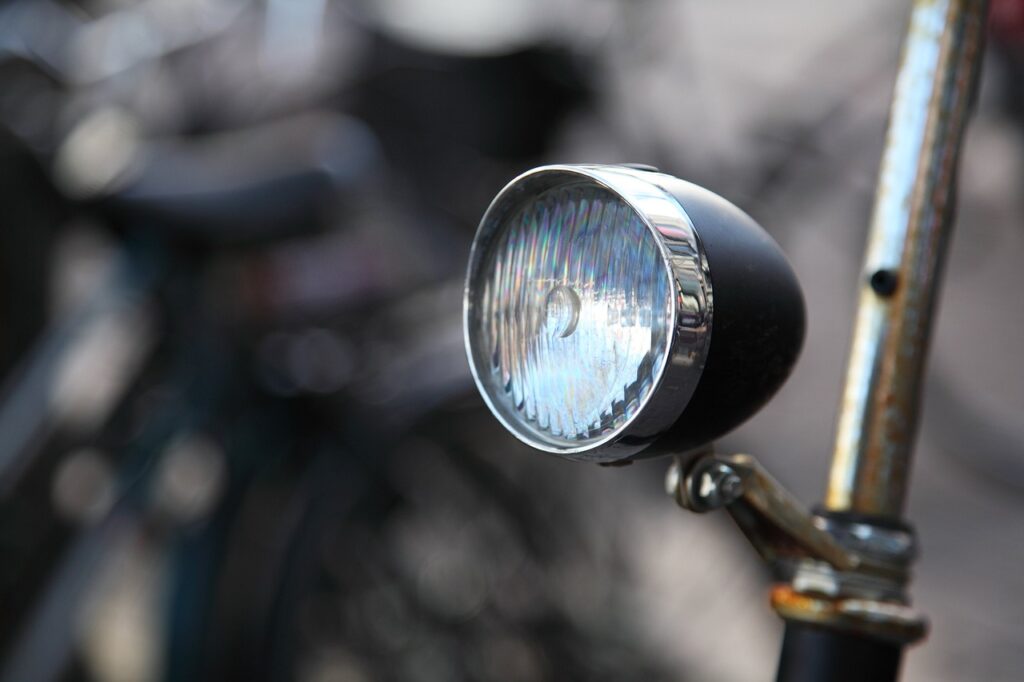
Thanks to the unpredictability of British weather, you could get caught out on an unexpectedly gloomy, wet day. Or you could have to work later than planned at work and be travelling in the dark. So, having your lights ready and waiting, will mean you can ride, whatever the weather and whenever you need to.
Know how to fix your bike and do regular maintenance checks.
Learning how your bike works, how to fix it, and what to look for when doing a maintenance check is vital. Being able to spot things that could go wrong and knowing how to deal with these issues will lead to a safe ride.
Tire maintenance will be the most useful thing to learn about your bike. Regularly check the tire pressure and learn how to change a flat tire in case of an emergency.
Remember how to correctly signal when riding on roads.
You may have completed your cycling proficiency test at school but refresh your knowledge on the correct way to signal to motorists on roads, and all other cycling etiquette.
Being confident riding one-handed on each side means you will be able to signal properly and safely when cycling on a road. You could increase your cycling confidence and competency with a Bikeability Course to brush up on your cycling skills.
Final thoughts
Cycling to work is great for your health and the environment. But it’s most important to make sure you cycle safely.
Making sure you have a bike that is fit for purpose, doing regular maintenance checks, and finding the perfect route can all contribute to a safe commute.
Overall, staying safe while cycling to work relies heavily on planning. Wearing the right clothes to be visible and protected, giving yourself enough time to find the right route, and being a confident cyclist who knows the codes of the road will ensure that your cycle to work will be safe.
